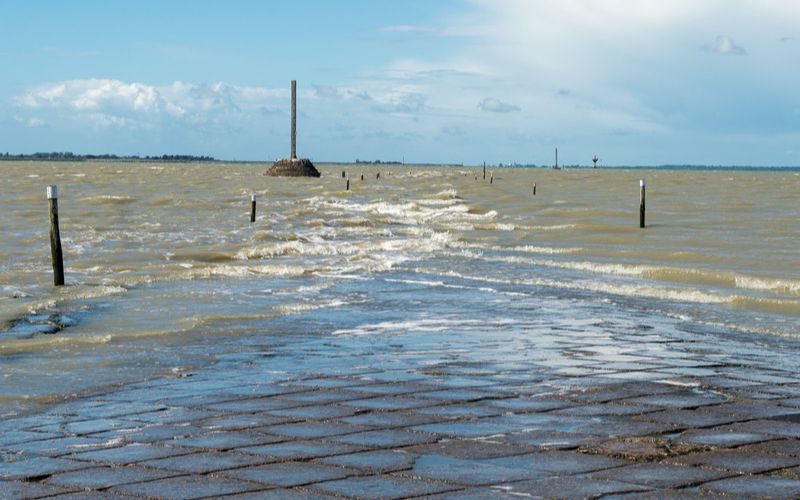Activities in the Vendée and its surroundings
Cycling
Hiking
Passage du Gois
Puy du Fou
Cycling in Vendée
The Vendée department has a very diverse cycling network and works every year to develop new trails.
Throughout your journey, signage will guide you on Vendée’s cycling trails. The cycling routes take you through remarkable sites or landscapes.
For your bike rides, a guide is available on the following website www.vendeevelo.vendee-tourisme.com.
Le marais breton Vendéen
Come and discover the wealth of wildlife and flora in our marshes, on foot, by bike or by boat. In the village of Sallertaine, located about 7 km away, known as “l’île aux Artisans” for its crafts, you can hire a canoe and admire the marshes from the water. More details can be found on www.laroutedusel.com
Le Passage du Gois
The name “Gois” (Goy in old French) dates back to around 1577. It comes from the verb “goiser” which means to walk while getting one’s boots wet.
The Passage du Gois is a submerged causeway located in the Bay of Bourgneuf where it connects the island of Noirmoutier to the mainland (Beauvoir sur Mer). The passage can only be accessed by car or on foot at low tide as it is covered by water at high tide. There are other sites like this, but what makes the Gois unique is its exceptional length: 4.125 kilometers. Depending on the tide, the height of the water that covers it at high tide varies from 1.30 meters to 4 meters.
Since 1971, the Noirmoutier Bridge, connecting the island to the mainland, has been an alternative to the Gois.
Each year, in early July, a running race called “Les Foulées du Gois” is organized.
Le Puy du Fou
The Puy du Fou is a historical theme park located in Vendée and founded in 1978 by Philippe De Villiers. It is currently presided over by one of his sons, Nicolas de Villiers.
The park houses the Cinéscénie, a nighttime show run by volunteers that traces the history of Vendée through the presentation of scenes from the daily life of a royalist peasant family from the Middle Ages to the 20th century.
As for the park itself, it takes historical elements from the history of the region surrounding Puy du Fou and adapts them into shows, making use of trained animals (horses, raptors, big cats, and livestock), special effects and pyrotechnics. The park is also a venue for the presentation of ancestral customs where artisans trained in the artisanal techniques of each era work.
In 2014, it was the second most visited theme park in France after Disneyland Paris and its parks.





